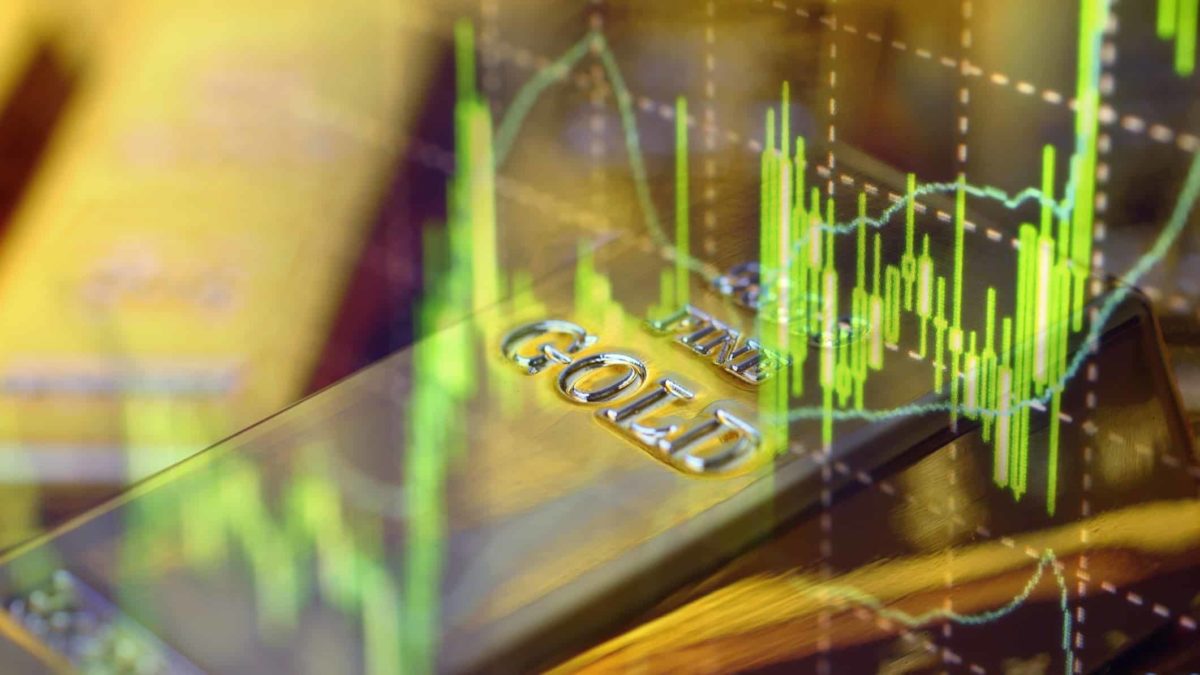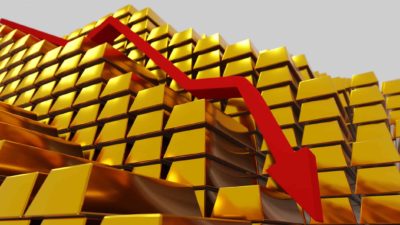It's been quite a year for the gold price, with many investors and global central banks opting to increase their holdings of the classic safe haven asset.
Twelve months ago, the yellow metal was trading for US$1,733 per troy ounce.
Gold finished off 2022 trading for US$1,824 per ounce.
After peaking at historic highs of US$2,050 per ounce on 4 May, bullion is currently fetching US$1,936 per ounce, according to data from Bloomberg, at the time of writing.
Breaking that down, the gold price is up 11.7% over the 12 months and up 6% halfway through 2023.
As you'd expect, this has offered some heady tailwinds to ASX gold shares.
Here's what I mean.
Over the last 12 months, the All Ordinaries Index (ASX: XAO) has gained 7%.
Not bad.
But the S&P/ASX All Ordinaries Gold Index (ASX: XGD) has left those gains in the dust, gaining 45% over the full year.
As for 2023, the All Ords is up 2% year to date, while the All Ords Gold Index is up 16%.
You'll notice that's a lot more outperformance than the gains in the gold price over these same time frames.
That's because gold miners' costs are relatively fixed in any given year. So when the price of the yellow metal rises, that extra revenue mostly lands on the profit line. Of course, when bullion loses value, ASX gold shares tend to see their share prices fall.
With that in mind, what can investors expect as we head into 2024?
What to expect from the gold price into 2024?
For some greater insight into that question, we defer to the World Gold Council (WGC).
In its mid-year report, the WGC said:
We expect gold to remain supported on the back of rangebound bond yields and a weaker dollar. Gold should experience stronger investment demand if economic conditions deteriorate. Conversely, a soft landing or much tighter monetary policy could result in disinvestment.
WGC analysts looked at three key scenarios that will shape the gold price as we head into 2024. Each one assesses the interaction of gold's four key performance drivers: economic expansion, risk, opportunity cost, and momentum.
The first scenario envisions how bullion will fare with a mild contraction in the United States and weak growth in developed markets.
In this case, the analysts note, "Despite cooling inflation, gold will likely remain supported by a weakening US dollar and stable (likely range-bound) bond yields."
A better outcome for ASX gold shares would be the second scenario. This envisions a global credit crunch and a more severe economic downturn.
In this case, the gold price would likely rise further. That, according to the WGC, is "due to gold's role as a hedge amidst a likely increase in volatility and risk-off investor appetite".
And the third scenario, where central banks continue on their hawkish path, could see a retrace in the yellow metal.
If central banks tighten more than markets expect, this would increase the opportunity cost of holding gold, which pays no interest.
Three ASX 200 gold shares with forecast upsides
Most ASX gold shares stand to benefit under the first two scenarios for the gold price.
Investors looking to increase their exposure to the sector may want to investigate these three S&P/ASX 200 Index (ASX: XJO) gold shares, all recently upgraded by Goldman Sachs.
Goldman recently initiated a buy rating on Gold Road Resources Ltd (ASX: GOR) with a $1.85 price target. That's 15% above current prices.
Goldman also has a buy rating for Evolution Mining Ltd (ASX: EVN) and a $3.80 price target for the ASX 200 miner's shares. That's 12% above the current Evolution Mining share price.
Rounding off the list, Goldman restarted its buy rating on Regis Resources Ltd (ASX: RRL), with a target price of $2.30 per share. That represents a potential 12% upside from current levels.
Of course, just how well these gold stocks will perform will depend, in large part, on the gold price.








